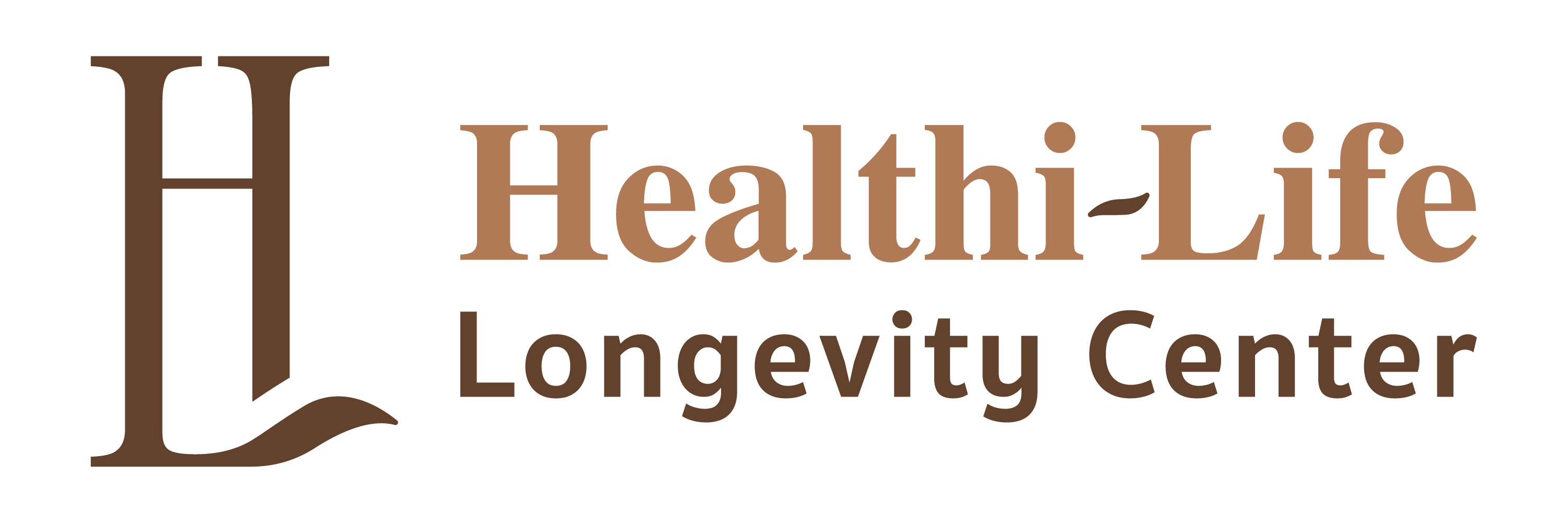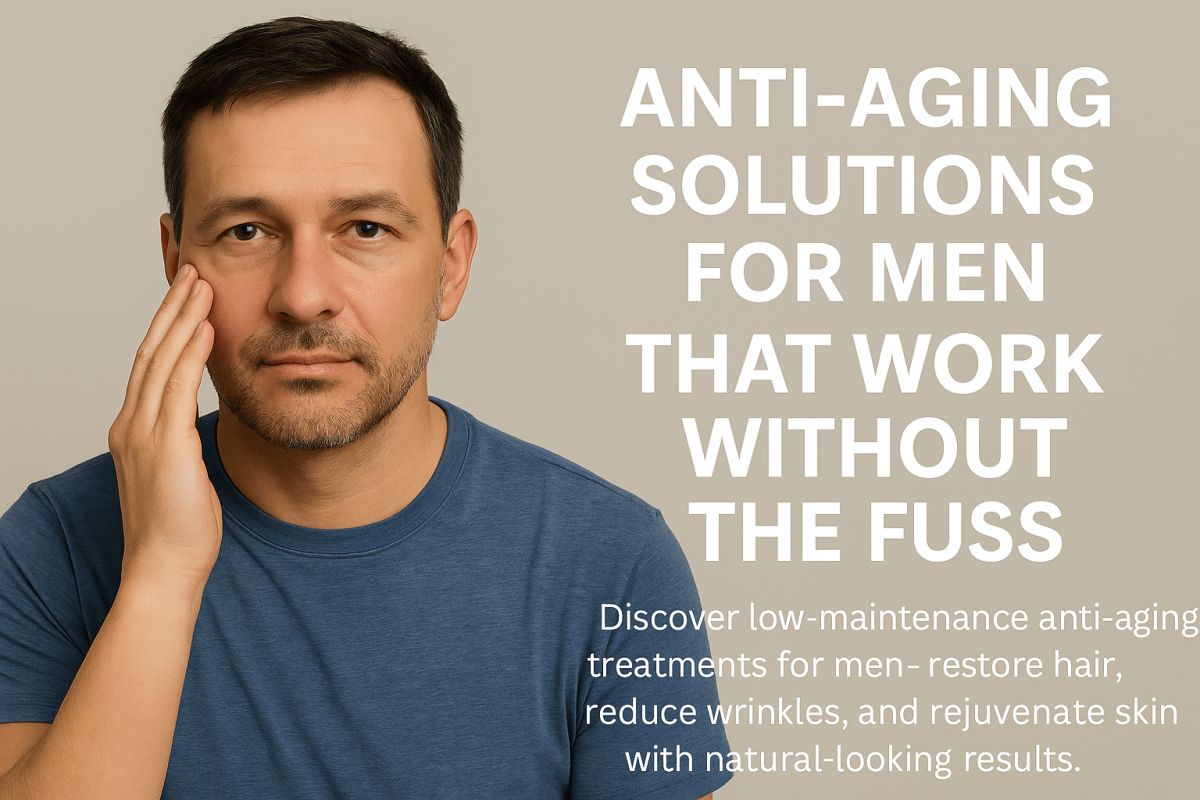
Understanding Botox treatments Duration Guide | Comprehensive Insight
Botox Longevity: Comprehensive Results Duration Guide
Introduction
Botox has revolutionized the cosmetic and medical fields, offering individuals a non-surgical solution to reduce wrinkles, manage migraines, and address various other health concerns. Understanding the longevity of Botox results is crucial for those considering or currently undergoing treatment. This guide delves into the intricacies of Botox longevity, providing a clear timeline of expected results, treatment durations, and essential maintenance tips to help you achieve and sustain the best outcomes. Backed by expert insights and the latest research, this article aims to equip you with all the necessary information to make informed decisions about your Botox treatments.
Understanding Botox
Botox, a neurotoxin derived from Clostridium botulinum, is widely recognized for its ability to temporarily paralyze muscles, thereby reducing the appearance of fine lines and wrinkles. While its cosmetic applications are the most well-known, Botox also offers significant therapeutic benefits, including the treatment of chronic migraines, excessive sweating (hyperhidrosis), and muscle spasms.
How Botox Works

Botox works by blocking the nerve signals that cause muscles to contract. When injected into specific areas, it relaxes the targeted muscles, leading to smoother skin and a reduction in wrinkle formation. This mechanism not only provides a refreshed and youthful appearance but also alleviates various medical conditions.
Common Uses of Botox
- Cosmetic Applications:
- Reduction of forehead lines
- Smoothing of crow’s feet around the eyes
- Minimizing frown lines between the eyebrows
- Medical Applications:
- Management of chronic migraines
- Treatment of cervical dystonia (neck spasms)
- Alleviation of overactive bladder symptoms
Botox Treatment Duration
Understanding how long Botox lasts in your system is essential for planning treatments and maintaining desired results. Several factors influence the longevity of Botox, including individual metabolism, the area treated, dosage, and frequency of injections.
Initial Results Timeline
- Onset of Effects: Typically, Botox begins to take effect within 3 to 5 days after injection.
- Peak Results: Maximum results are usually observed around 1 to 2 weeks post-treatment.
- Full Duration: The effects can last between 3 to 6 months, depending on various factors.
Factors Affecting Longevity
- Metabolism: Individuals with a faster metabolism may experience a quicker breakdown of Botox, reducing its longevity.
- Dosage: Higher doses of Botox tend to last longer, but must be balanced to avoid excessive muscle relaxation.
- Injection Technique: Skilled injectors who accurately target the right muscles can enhance the duration of results.
- Treatment Area: Certain areas of the face, like the forehead, may exhibit different longevity compared to others, such as the crow’s feet.
Botox Results and Longevity
Achieving optimal Botox results involves understanding how long the treatment lasts and how to maintain its effects.
Average Duration of Results
- Cosmetic Treatments: Generally, results last between 3 to 6 months. Regular maintenance treatments can extend the duration of effects.
- Medical Treatments: Duration may vary based on the condition being treated. For instance, migraine relief can last up to 3 months.
Signs That Botox is Worn Off
- Reappearance of Wrinkles: Fine lines and wrinkles begin to reappear as muscle activity resumes.
- Reduced Muscle Relaxation: The targeted muscles regain their natural movement, which may result in the return of original expressions.
- Diminished Therapeutic Effects: For medical applications, symptoms such as migraines or muscle spasms may return.
Treatment Duration and Frequency
To maintain the desired results, understanding the duration and frequency of Botox treatments is necessary.
Recommended Treatment Frequency
- Cosmetic Treatments: Every 3 to 6 months, depending on individual response and desired outcomes.
- Medical Treatments: Typically administered every 3 months, but this can vary based on specific medical conditions and patient needs.
Planning Your Treatment Schedule
Establishing a consistent treatment schedule with your healthcare provider ensures sustained results. Tracking your individual response to Botox can help tailor the frequency of injections to best suit your needs.
Maintenance Guide for Botox
Maintaining Botox results involves a combination of regular treatments and lifestyle adjustments to prolong the effects.
Regular Follow-Up Treatments
Scheduling regular Botox injections at intervals recommended by your practitioner helps sustain muscle relaxation and wrinkle reduction.
Healthy Lifestyle Choices
- Sun Protection: Protecting your skin from excessive sun exposure can prevent premature aging and maintain Botox results.
- Skincare Routine: A consistent skincare regimen that includes moisturizers and serums can enhance skin elasticity and prolong results.
- Healthy Diet: Consuming a balanced diet rich in vitamins and antioxidants supports skin health and overall well-being.
Avoiding Botox Interferences
Certain activities and medications can interfere with Botox results. It is essential to follow post-treatment guidelines, such as avoiding strenuous exercise and refraining from blood thinners to prevent complications and ensure optimal outcomes.
Common Myths About Botox Longevity
Dispelling myths about Botox can help you have realistic expectations and make informed decisions.
Botox Results are Permanent
Fact: Botox provides temporary results. Maintaining the effects requires regular treatments.
More Botox Means Longer Lasting Results
Fact: Overusing Botox does not necessarily extend the duration of results and can lead to undesirable side effects.
Botox Causes a Frozen Face
Fact: When administered by a skilled professional, Botox can achieve natural-looking results without compromising facial expressions.
Cost Considerations for Botox Treatments
Understanding the cost associated with Botox treatments can help you budget and make informed decisions about your aesthetic or medical needs.
Factors Influencing Cost
- Geographic Location: Prices can vary based on the region and the cost of living.
- Experience of the Practitioner: Highly experienced providers may charge more for their expertise.
- Quantity of Units: The number of Botox units required for your treatment goals affects the overall cost.
- Treatment Area: Larger or multiple areas may increase the total cost.
Insurance Coverage
While cosmetic Botox treatments are typically not covered by insurance, certain medical applications may be eligible for coverage. It is advisable to consult with your insurance provider to explore potential options.
Choosing the Right Botox Practitioner
Selecting a qualified and experienced practitioner is crucial for achieving safe and effective Botox results.
Credentials and Certifications
Ensure that your practitioner is licensed and certified, with specialized training in administering Botox injections.
Experience and Expertise
Choose a provider with extensive experience in Botox treatments, preferably with a portfolio of before-and-after photos to assess their work.
Patient Reviews and Testimonials
Reading reviews and testimonials from previous patients can provide insights into the practitioner’s reputation and the quality of their services.
Potential Side Effects and Risks
While Botox is generally considered safe, being aware of potential side effects and risks is essential.
Common Side Effects
- Bruising and Swelling: Minor bruising and swelling at the injection site are common and typically resolve quickly.
- Headache: Some individuals may experience headaches post-treatment.
- Temporary Muscle Weakness: Temporary weakening of nearby muscles can occur.
Rare but Serious Risks
- Allergic Reactions: Although rare, some individuals may experience allergic reactions.
- Drooping Eyelids or Brows: Improper injection can lead to drooping of the eyelids or brows.
- Respiratory Issues: In rare cases, Botox can spread to other parts of the body, causing breathing difficulties.
Botox vs. Other Cosmetic Treatments
Understanding how Botox compares to other cosmetic treatments can help you choose the best option for your needs.
Botox vs. Dermal Fillers
- Botox: Primarily used to reduce muscle activity and smooth wrinkles.
- Dermal Fillers: Used to add volume and fill in deeper lines and wrinkles.
Botox vs. Chemical Peels
- Botox: Targets dynamic wrinkles caused by muscle movement.
- Chemical Peels: Improve overall skin texture and address surface-level skin issues.
Botox vs. Laser Treatments
- Botox: Temporarily relaxes muscles to reduce wrinkles.
- Laser Treatments: Stimulate collagen production and improve skin tone and texture.
Maximizing Your Botox Results
To achieve the best possible outcomes from your Botox treatments, consider the following tips:
Choosing the Right Injection Sites
Strategically selecting injection sites based on your facial structure and desired results can enhance the effectiveness of Botox.
Combining Treatments for Enhanced Results
Combining Botox with other cosmetic treatments, such as dermal fillers or skincare routines, can provide comprehensive rejuvenation.
Adhering to Aftercare Instructions
Following your practitioner’s aftercare instructions, such as avoiding strenuous activities and refraining from touching the injection sites, can optimize results and minimize side effects.
How long does Botox typically last?
Botox results usually last 3 to 4 months, depending on the area treated and individual factors.
When will I see Botox results after treatment?
Most patients begin seeing improvements within 3 to 5 days, with full effects by 10 to 14 days.
Does Botox wear off suddenly or gradually?
Botox fades gradually as muscle activity slowly returns, allowing for a natural-looking transition.
Can Botox results last longer with repeated treatments?
Yes. Regular treatments may help prolong results by training muscles to remain more relaxed over time.
Is there downtime after Botox injections?
No. Patients can usually resume daily activities immediately after treatment with minimal precautions.
How often should I schedule Botox maintenance?
Most patients return for maintenance every 3 to 4 months to maintain optimal, consistent results.
Conclusion
Botox offers a versatile and effective solution for both cosmetic and medical concerns, with results lasting between 3 to 6 months. Understanding the factors that influence Botox longevity, adhering to a consistent treatment and maintenance schedule, and choosing a qualified practitioner are key to achieving and sustaining optimal results. Whether you seek to smooth wrinkles, alleviate migraines, or address other health issues, Botox can be a valuable addition to your wellness and beauty regimen. Start your journey towards a refreshed and youthful appearance today by scheduling a consultation with our experienced Botox specialists.


